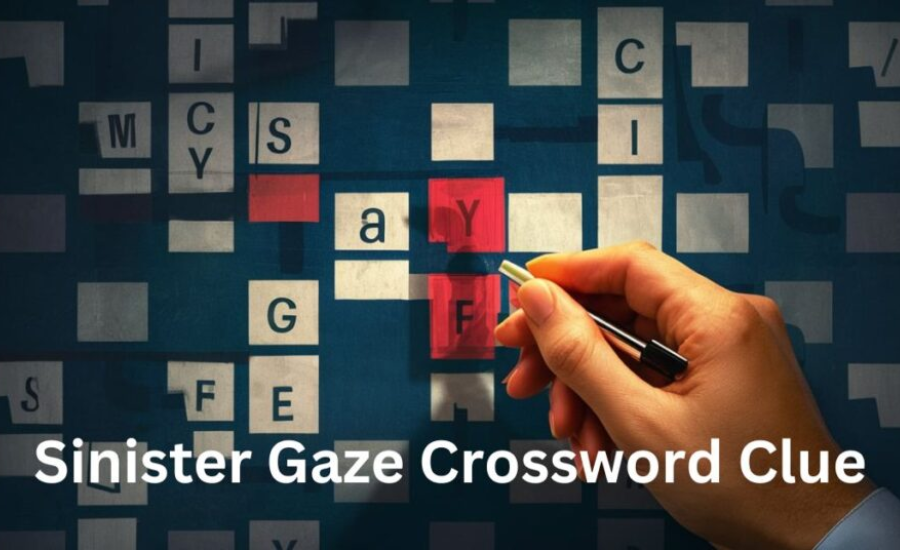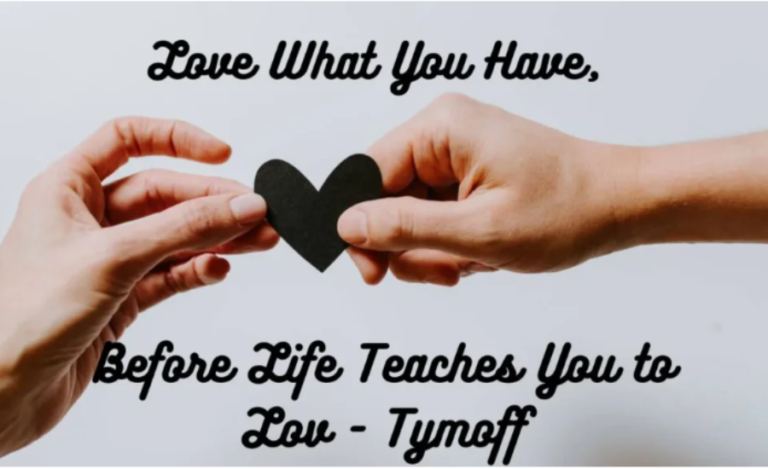Mastering The Sinister Gaze Crossword Clue: A Comprehensive Guide To Solving Intriguing Puzzles
Exploring The “Sinister Gaze” Crossword Clue
Crossword puzzles offer a captivating mix of challenge and amusement, drawing solvers into a world of clever wordplay and intricate clues. Among the various hints that enthusiasts may encounter, the “Sinister Gaze” crossword clue stands out for its intrigue and complexity. This phrase often conjures images of shadowy figures or intense, enigmatic stares filled with deeper significance.
For both experienced solvers and newcomers to crosswords, tackling the “Sinister Gaze” crossword clue can be a rewarding experience, akin to discovering a hidden gem. In this article, we will explore the nuances of the “Sinister Gaze” crossword clue and provide strategies for deciphering it. Join us as we delve into this intriguing puzzle and reveal the secrets behind its solution.
Unpacking the “Sinister Gaze” Crossword Clue: A Guide To Enhancing Your Puzzle-Solving Skills
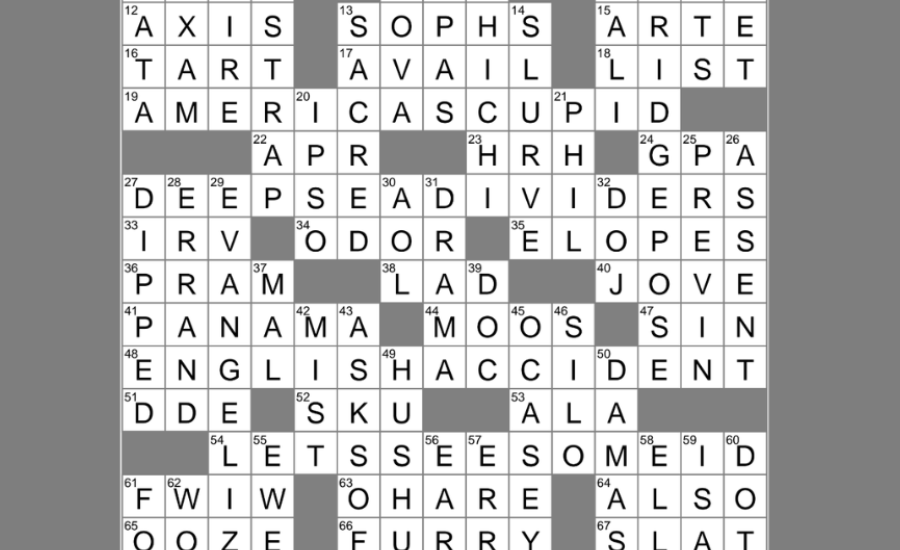
The “Sinister Gaze” crossword clue is a compelling example of how crossword puzzles use descriptive language to create thought-provoking challenges. In crossword puzzles, the term “sinister” typically hints at something ominous or threatening.
This clue encourages solvers to look beyond the literal meanings of the words and delve into their subtle implications. “Gaze” implies a sustained or intense stare, and when combined with “sinister,” it suggests a look imbued with malice or threat.
Thus, the clue is designed to lead to answers like “leer,” which captures the notion of a suggestive or unsettling stare often associated with sinister intentions.
Solving the “Sinister Gaze” crossword clue involves understanding how the term “sinister” interacts with the concept of looking. It’s not just about finding synonyms but grasping the deeper connotations behind the words.
Potential answers to this clue include terms like “leer,” “glare,” “scowl,” and “evil eye,” each offering a different nuance. For instance, “leer” denotes a sly or malicious look, while “glare” suggests a sharp, intense look, often conveying anger or hostility.
Understanding The “Sinister Gaze” Crossword Clue: Insights, Strategies And Solutions
The term “sinister” carries a historical sense of malevolence, rooted in its Latin origin, sinistra, which originally meant “left.” Over time, this term became associated with bad omens and misfortune, evolving to imply something ominous or threatening.
When combined with “gaze,” which signifies a fixed or intense look, the clue challenges solvers to find a word that merges the act of staring with a sinister undertone. This requires a deeper exploration of word meanings beyond their literal definitions, considering their emotional and cultural contexts.
To solve this clue, it’s essential to interpret how the word “sinister” modifies the type of look described by “gaze.” The goal is to identify a term that reflects both the action of looking and an element of menace. For example, “leer” fits this description well, as it denotes a sly or unpleasant look that combines visual action with a sinister implication. Other potential answers like “glare” or “scowl” might also be relevant, depending on the specific context of the puzzle.
Common Solutions For The “Sinister Gaze” Clue: Unveiling Intriguing Possibilities
When solving the “sinister gaze” crossword clue, a variety of answers may fit, each providing a distinct interpretation of the term. Here are some common solutions:
Leer
A “leer” is a sly, suggestive look often associated with malevolence or inappropriate interest. Its concise four-letter format makes it a popular choice in crosswords, effectively representing a sinister gaze with its connotation of hidden or unsettling intent.
Glare
The term “glare” describes a fierce, penetrating look that can be intimidating or hostile. Its association with aggression and irritation makes it a fitting answer for a clue involving a menacing gaze.
Evil Eye
The expression “evil eye” comes from various cultural traditions and symbolizes a harmful or cursed look believed to bring misfortune. This option adds cultural and superstitious depth to the clue, offering a more complex and rich interpretation.
Stare
A “stare” is a prolonged and often unblinking look. While generally neutral, a stare can sometimes be perceived as unsettling or menacing, making it suitable for the concept of a sinister gaze depending on the context.
Scowl
To “scowl” is to show displeasure or anger through facial expression, marked by furrowed brows and a downturned mouth. This term conveys a clear sense of hostility or discomfort, aligning well with the idea of a sinister look.
Glower
When someone “glowers,” they exhibit a sullen or angry demeanor. This term effectively captures the emotional weight of a sinister gaze, reflecting a look filled with resentment or irritation.
Breaking Down The Clue: Strategies For Solving The “Sinister Gaze” Puzzle
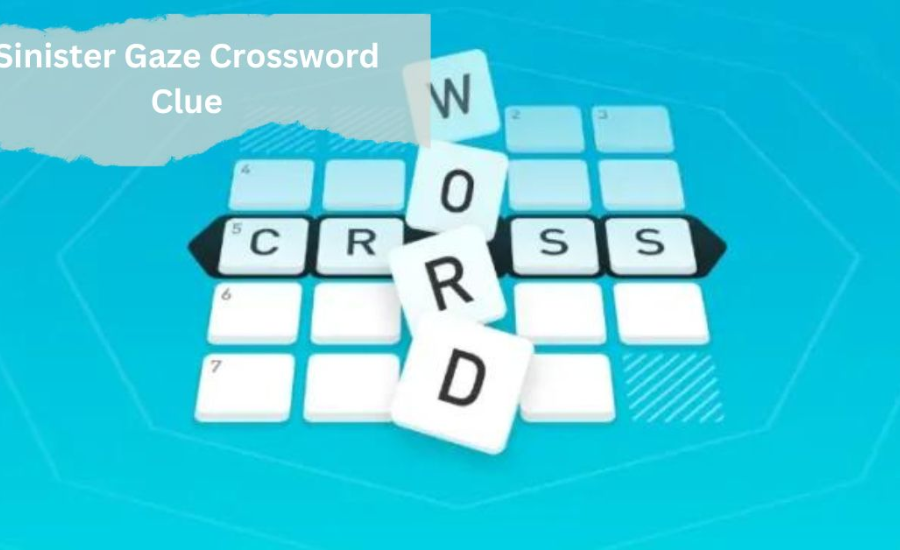
To approach the “sinister gaze” crossword clue effectively, start by dissecting the clue into its fundamental components. The term “sinister” has a nuanced history that is essential for solving this puzzle. Originally from the Latin word for “left,” it has evolved to imply something threatening or evil in modern usage. In the context of crossword puzzles, this typically hints at a negative or ominous meaning.“Gaze” refers to a steady or intense look. Understanding how this term modifies the sense of “sinister” is crucial for solving the clue. Together, these words suggest a description of a look that is both unsettling and menacing.
Tips For Solving Crossword Clues With The “Sinister Gaze” Puzzle
Use Word Length to Narrow Down Choices: Crossword puzzles typically indicate the number of letters in the answer, which helps narrow down possible solutions. For a four-letter answer, words like “LEER” or “GLARE” are likely candidates. If the solution is longer, phrases such as “EVIL EYE” may fit better.
Utilize Crossings and Context: Crossword grids are structured so that answers intersect, offering additional hints. Use the letters from intersecting answers to verify your guesses. For example, if intersecting letters spell out “LEER,” it can confirm that this is the correct solution.
Explore Synonyms and Alternatives: Clues often lead to synonyms or related terms. For “sinister gaze,” consider different words that express a similar idea. If “LEER” doesn’t fit, alternatives like “GLARE” or “SCOWL” might be appropriate.
Enhancing Your Crossword-Solving Skills
Tips For Beginners
Start with Easier Puzzles: Begin with simpler crosswords to build your confidence and get accustomed to common clues and solving techniques.
Identify Patterns: Pay attention to recurring patterns and clue formats to enhance your solving speed and accuracy.
Expand Your Vocabulary: A rich vocabulary helps you decode complex clues and grasp subtle meanings more effectively.
Advanced Techniques
Understand Clue Patterns: Advanced solvers recognize typical clue structures and wordplay strategies, which can simplify complex puzzles.
Practice Across Different Puzzles: Challenge yourself with puzzles from various sources to become adept at different styles and levels of difficulty.
Engage with Crossword Communities: Join forums or local crossword clubs to exchange strategies, gain new insights, and learn from others’ experiences.
Utilize Reference Tools: Keep a crossword dictionary or thesaurus handy to assist with finding synonyms and exploring word meanings, making clue solving more efficient.
Facts About Crossword Puzzles
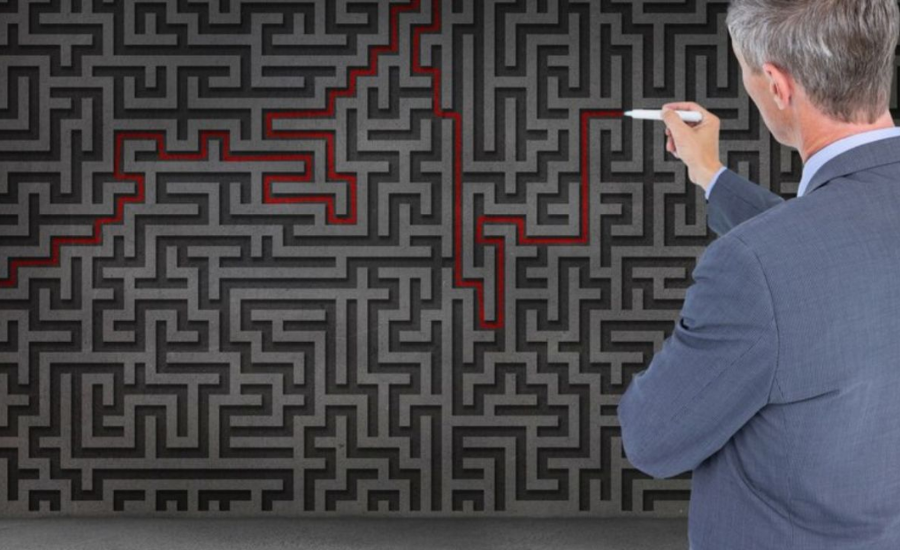
Origin: The first modern crossword puzzle was devised by Arthur Wynne and appeared in the New York World newspaper on December 21, 1913. It was originally called a “Word-Cross.”
Crossword Grid: Most standard crossword puzzles use a 15×15 grid for daily puzzles and a 21×21 grid for Sunday puzzles.
The grid is designed with both black and white squares, where black squares separate the answers.
Wordplay and Clues: Crossword clues can be straightforward (definition-style) or involve wordplay (cryptic clues). Cryptic clues often use puns, anagrams, or other forms of wordplay to create a more challenging solving experience.
International Appeal: Crosswords are popular worldwide and are adapted into different languages and cultural contexts. Each language has its own style and conventions for crossword puzzles.
Competitive Solving: The American Crossword Puzzle Tournament, held annually since 1978, is one of the largest competitive crossword events. Solvers compete in a timed setting to solve challenging puzzles.
Facts About The “Sinister Gaze” Clue
Etymology of “Sinister”: The word “sinister” is derived from the Latin term sinistra, meaning “left.” In ancient Rome, left-handedness was considered an ill omen, which contributed to the term’s negative connotations.
Historical Usage: Over time, “sinister” evolved to describe something harmful or malevolent. This usage is often reflected in literature and media, where a sinister gaze typically suggests danger or malicious intent.
Typical Answers: Common answers for the “sinister gaze” clue include:
Leer: A look that conveys a sense of malice or inappropriate interest.
Glare: An intense, piercing look that can imply anger or hostility.
Evil Eye: A culturally significant term symbolizing a harmful look believed to bring bad luck.
Scowl: An expression of displeasure or anger.
Glower: A sullen or angry look.
Clue Interpretation: To solve the “sinister gaze” clue, it’s important to grasp how the adjective “sinister” alters the noun “gaze” to imply a menacing or ominous look.
This requires interpreting not just synonyms but also the emotional weight of the phrase.
Puzzle Strategies: Effective strategies for solving such clues include analyzing the length of the answer, leveraging intersecting clues, and considering synonyms and contextual meanings.
(FAQs) About The “Sinister Gaze” Crossword Clue
Q: What does the “Sinister Gaze” crossword clue refer to?
A: The “Sinister Gaze” clue describes a look that suggests malevolence or threat. Here, “sinister” points to something ominous or evil, while “gaze” refers to a prolonged or intense stare. Together, these terms challenge solvers to identify a word or phrase that embodies this menacing combination.
Q: What are typical answers for the “Sinister Gaze” clue?
A: Common solutions include:
- Leer: A suggestive or sly look often linked with ill intentions.
- Glare: An intense, penetrating look that can be intimidating.
- Evil Eye: A culturally significant term indicating a harmful or cursed look.
- Scowl: An expression of displeasure or anger.
- Glower: A look of sullen or angry disapproval.
Q: How should I approach solving the “Sinister Gaze” clue if I’m having trouble?
A: Try these strategies:
- Consider Word Length: Knowing how many letters the answer should have can help narrow down your options.
- Use Cross-Referencing: Examine the intersecting answers for extra clues and letter hints.
- Explore Synonyms: Think of various words that could fit the idea of a threatening or malevolent look.
Q: Why is the term “sinister” associated with something negative?
A: The term “sinister” comes from the Latin word sinistra, meaning “left.” In ancient Rome, being left-handed was seen as unlucky or a bad omen, leading to the term’s modern connotation of something threatening or harmful.
Q: How does knowing word origins assist in solving crossword clues?
A: Knowing the origins and historical meanings of words can offer important context and deeper understanding. This knowledge can help you interpret clues that rely on deeper or less obvious meanings.
Conclusion
The “Sinister Gaze” crossword clue presents an engaging puzzle that blends linguistic finesse with thematic complexity. By breaking down the words “sinister” and “gaze,” solvers are encouraged to go beyond mere synonyms and delve into the emotional and cultural connotations of the phrase.
For both seasoned crossword aficionados and newcomers, solving this clue requires more than identifying the correct term; it involves grasping the deeper meanings and subtle nuances embedded in the clue. Employing strategies such as considering word length, examining intersecting clues, and exploring various synonyms can significantly enhance your problem-solving abilities.
As you navigate through crossword puzzles, remember that each clue, including the enigmatic “Sinister Gaze,” is an opportunity to refine your understanding of language and savor the intricate play of words. Continually developing your skills will ensure that every puzzle becomes a rewarding and intellectually enriching experience.
Stay in touch for more updates and alerts visit: Vents Home!
